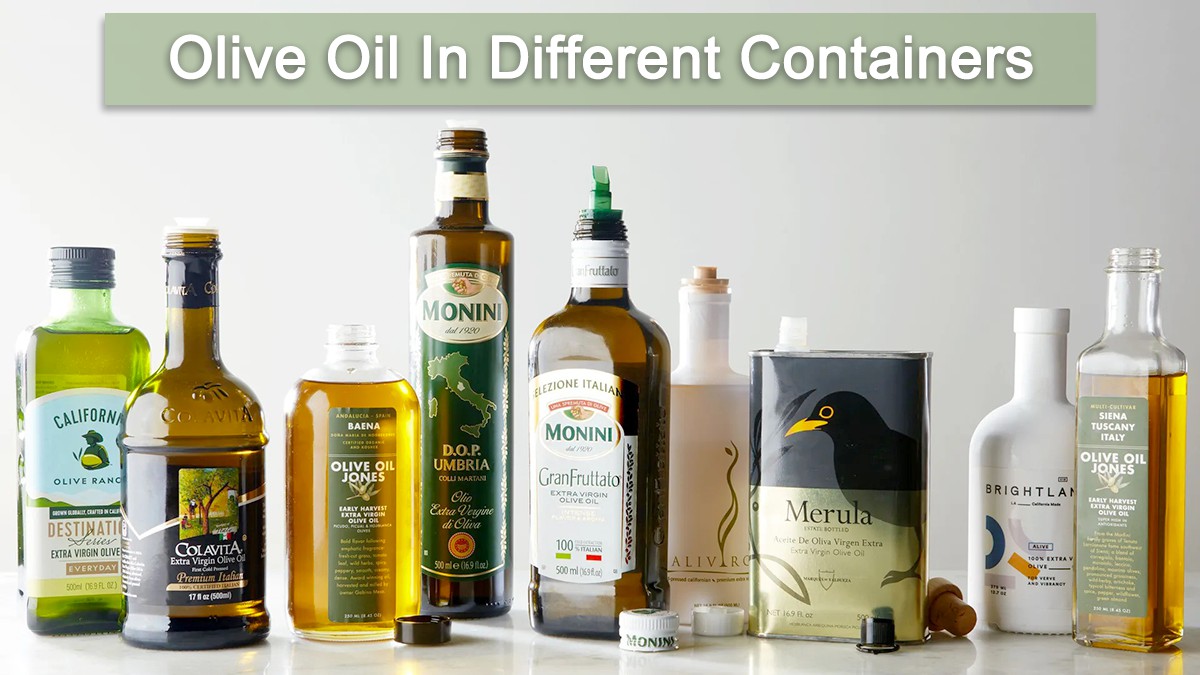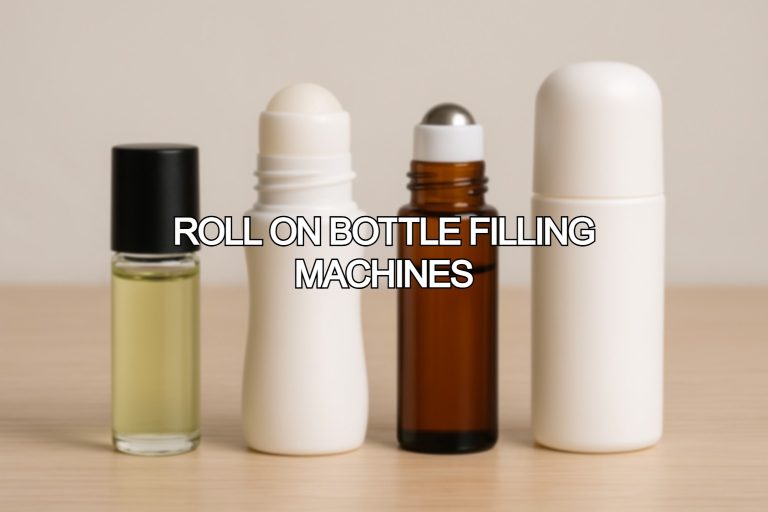Olive oil, sometimes known as “liquid gold,” symbolizes wealth, tradition, and good health and is also, a necessary ingredient in food. Olive oil packing is critical in determining how olive oil gets from the olive orchard to the consumer’s kitchen. The right packaging communicates the brand’s identity and protects the oil’s quality while acting as a potent marketing tool.

The Importance of Proper Olive Oil Packing
Preserving Quality
Olive oil can oxidize and lose flavor, aroma, and nutritional value. This is due to its sensitivity to light, air, and temperature. The packaging is essential for shielding the oil from harmful substances. Tightly sealed containers, opaque tins, and dark glass bottles all contribute to preserving the freshness and purity of the oil.
Visual Appeal and Brand Identity
The initial point of contact between the customer and the product is the packaging. The material, design, and functionality choices must reflect the target market and the brand’s values. Premium brands often use glass bottles for a luxurious feel, while eco-conscious brands opt for sustainable packaging materials.
Functionality and Convenience
User-friendly packaging is essential for consumers, offering ease of pouring and storage. Spouts and flow-control caps are examples of features that stop spillage and waste. For bigger volumes, packaging that makes it simple to reseal is especially crucial because it guarantees that the oil will remain fresh over time enhancing the overall customer experience.
Innovations in Olive Oil Packing
The packaging industry changes along with the demands of its consumers. The need for ease, sustainability, and improved preservation are driving innovation.
Sustainable Packaging
A lot of firms are using sustainable packaging solutions as environmental responsibility becomes more and more important. This covers the use of materials such as aluminum, glass, and even plant-based plastics that have been recycled. Reusable container experiments and rewards for returning discarded packaging are being offered by some businesses.
Smart Packaging
Technology is also making its way into olive oil packaging. Innovative packaging techniques, including QR codes on labels, let customers track the product’s origin, learn how it’s made, and even verify the oil’s freshness. This increases consumer trust while simultaneously improving transparency.
Common Types of Olive Oil Packing
Olive oil is packaged in various ways to preserve its quality and appeal to different markets:
1. Dark Glass Bottles: Protects from light, maintaining oil quality.
2. Metal Cans: Durable and blocks light, ideal for bulk storage.
3. PET Plastic Bottles: Lightweight and shatterproof, sometimes with light-blocking features.
4. Bag-in-Box: Combines a plastic bag inside a box, offering easy dispensing.
5. Ceramic Bottles: Luxurious, providing excellent light protection.
6. Stainless Steel Containers: Used for bulk storage, resistant to light and air.
These options ensure the oil remains fresh while aligning with brand identity and consumer preferences.
Conclusion
If you’re looking to elevate your olive oil packing, consider partnering with a packaging solutions provider that understands the unique needs of a product. At ZONESUN, we are a filling machine manufacturer and offer custom-made packing solutions.
Contact us to learn what products are right for your olive oil packing to preserve its quality and appeal to customers.



